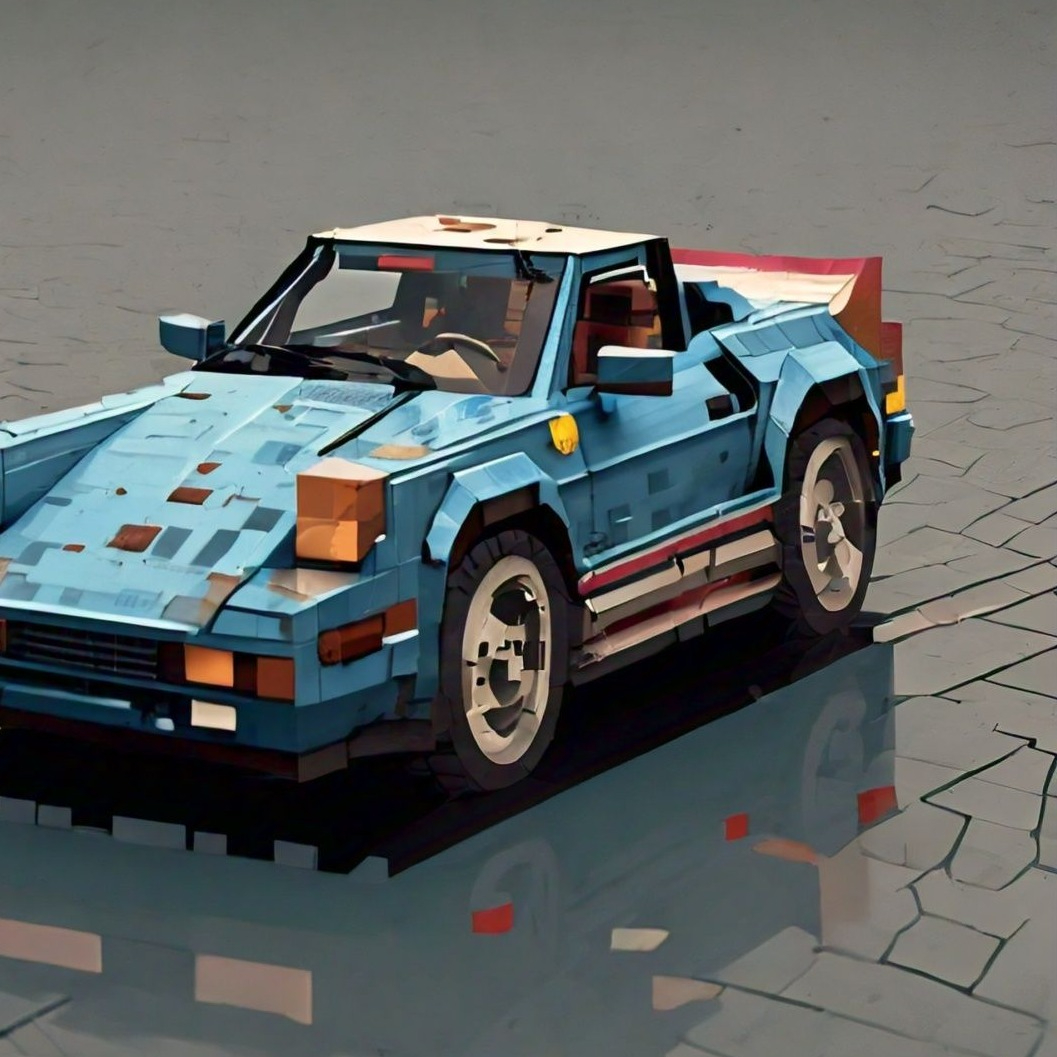FaceStudio: Put Your Face Everywhere in Seconds: Results
by
August 14th, 2024
Audio Presented by

Transforming concentrations, unlocking new potential through careful calibration for a balanced and harmonious outcome.
Story's Credibility

About Author
Transforming concentrations, unlocking new potential through careful calibration for a balanced and harmonious outcome.